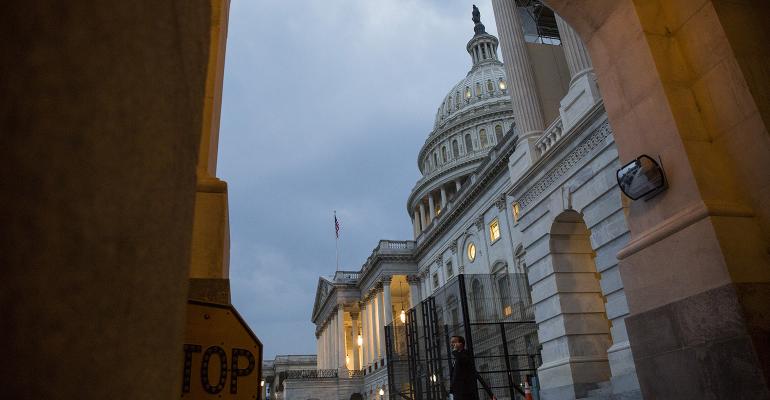Congress wasted no time getting open multiple employer plan (MEP) bills back on track after returning from the federal government shutdown.
During the first week of February, U.S. Sens. Collins and Hassan introduced the Retirement Security Act of 2019 while U.S. Reps. Kelly and Kind reintroduced the Retirement Enhancement and Savings Act (RESA) in a House Ways and Means committee hearing. Although these bills failed to pass in previous sessions, observers see positive signs for their passage this time around.
Lew Minsky, president and CEO of the Defined Contribution Institutional Investment Association, believes the bipartisan and bicameral bills indicate a general agreement in Congress and the retirement industry that allowing increased pooling among plans would be beneficial. The proposed legislative changes include loosening the current MEP-nexus restrictions and modifying the “bad apple” exposure that can taint an entire pool. “Allowing small employers access to these pooled arrangements without too much fear about decision-making and fiduciary liability that comes with that ultimately might encourage them to offer plans where they haven’t and, therefore, start to close the coverage gap,” he says.
Beyond the DOL Regs
Brad Campbell, partner with attorneys Drinker Biddle & Reath, highlights drawbacks with the existing situation. “Under the current DOL interpretations, while you can have a MEP, so to speak, instead of it being one plan with one (Form) 5500 and one audit requirement, it’s actually a dozen or 30 or 40 plans that just happen to have exactly the same plan structure,” he explains. “But, that means that each employer has to do its own 5500. Each employer, if it’s over 100 participants, has to do its own audit requirement. So, even though it’s one plan with one structure, under the current rules it’s not technically one plan.
The proposed legislation will allow otherwise unrelated businesses to join together to enjoy the resulting economies of scale and accompanying reduction in individual employer obligations, says Campbell. It’s not a free pass, though: An employer would still be responsible for selecting the arrangement and forwarding contributions in a timely fashion but most of the other obligations that currently fall on the employer would be handled by the MEP itself, he explains. “And the legislation clarifies that, yes, if there’s a failure by any particular employer, it really is limited to that employer rather than to the whole entity,” Campbell points out. “So, it reduces several of the different barriers that have made MEPs, while they do exist currently, not function as efficiently as this legislation would allow them to function.”
But Will It Pass?
The House and Senate bills in their current forms have some differences, but Campbell believes the bills can be reconciled if they reach a conference committee. In favor of that outcome, it appears House and Senate members in the relevant committees are going to actively work on retirement reform, which likely would include MEPs. Factor in President Trump’s directive last year to the Treasury Department and Department of Labor and the outlook for getting a passed bill signed appears good. However, any legislation’s fate remains unpredictable. Campbell cautions: “The bigger question that introduces more doubt in Congress is will there be ultimately a legislative vehicle to which a finished product could be attached that would actually pass the bodies and get all the way to the president for his signature.”
Two Tracks?
The industry is also waiting for the DOL’s final Association Retirement Plan (ARP) regulations. An essential difference between the DOL and Congressional approaches to MEPs is that DOL is considering a much more limited definition. DOL’s approach, as described in its initial release, does not loosen the nexus requirement as much as the legislation would. Under the DOL regulation, a bona fide trade or professional association must be the plan’s sponsor and all participating employers would have to be members of that association, says Campbell. The association must exist for a substantial business purpose other than providing benefits. A financial services company could not create an ARP under the DOL rules, but it could set up and market a MEP under the proposed legislation.
How the two approaches might coexist depends, at least partly, on timing, Campbell believes. “In all likelihood if the (ARP) regulation is finished and then Congress acts with broader open MEPs, then I think DOL has a new regulatory project and we end up with both ARPs and open MEPs. If Congress acts more quickly, then it’s possible DOL might shift and just do the new regulations. But, given how advanced the current ARP regulations are, I think it’s more likely probably that we see them finished before we see Congress act. But, you never know.”





